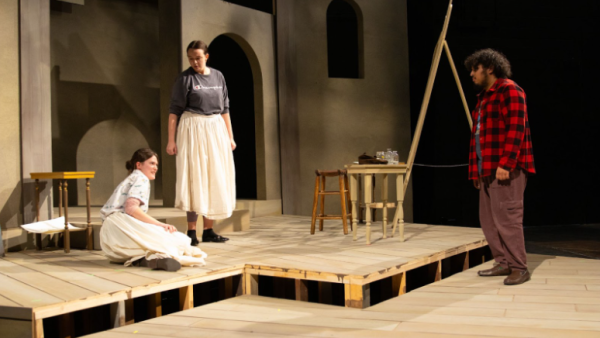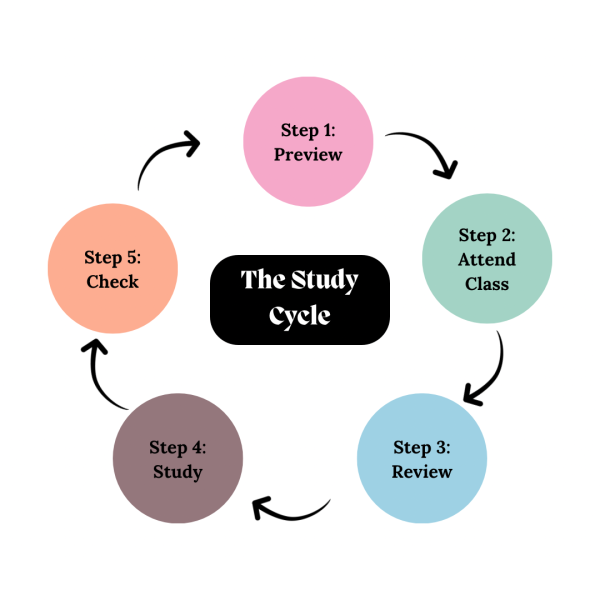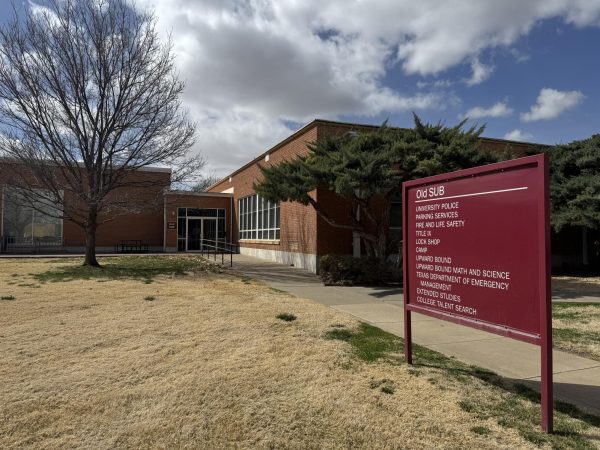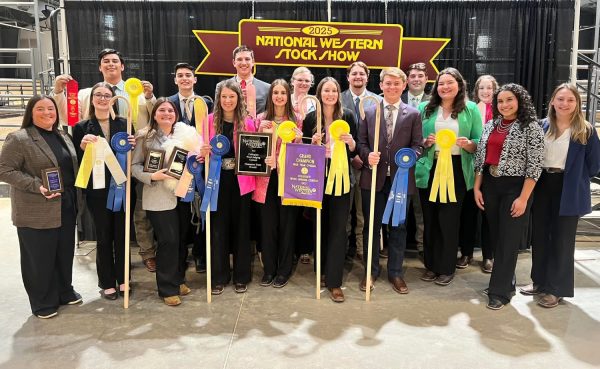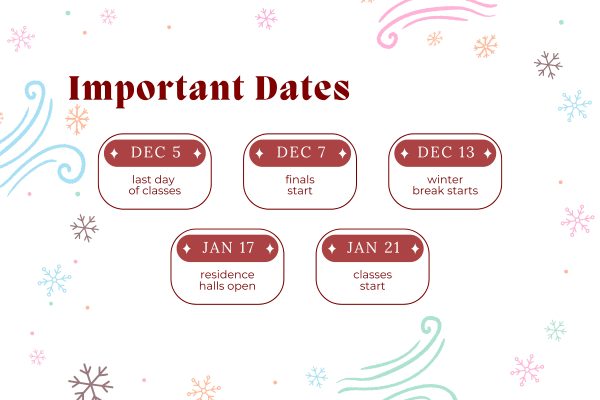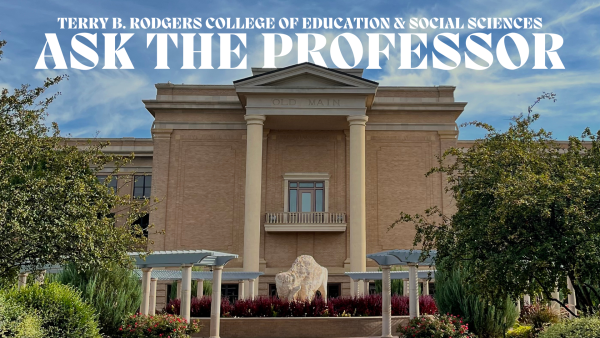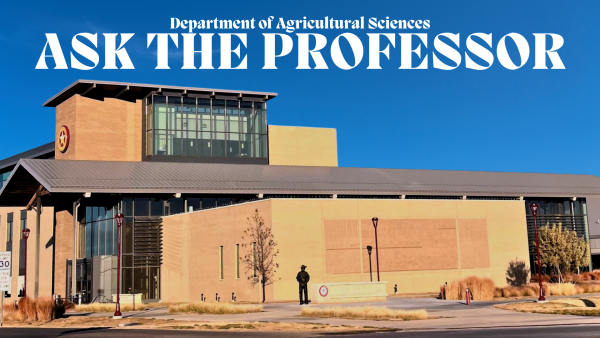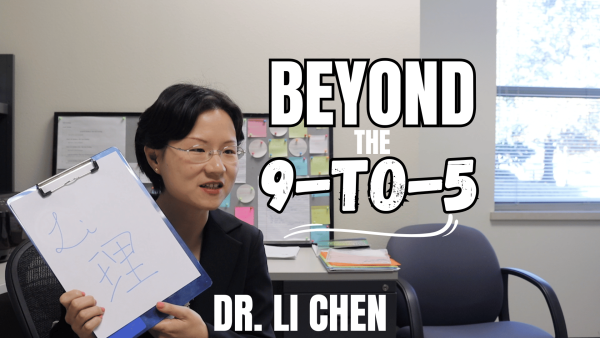COVID-19 continues to spread on campus

Since March 1 of 2020, West Texas A&M University has experienced 423 confirmed COVID-19 cases among both students and staff. According to the university’s website, which has been dutifully cataloguing cases, last week resulted in 63 on campus cases. This is a slight decrease from the prior week’s 79 cases, but neither count inspires much confidence in an overall decrease, one that might remove the need for a premature closing of campus. The fall semester began with open in-person classes and the accompanying knowledge that these may cause such a close and the dread of mounting cases hung over most activities throughout both September and October.
The phrase: “If we could just make it to Thanksgiving” could be heard frequently this semester. The thought of going completely online was not a welcome one, and the hope offered by a shortened, but in-person semester was heartily accepted. However, as we begin November, we do so with an Amarillo at Level Red due to a spike in COVID-19 cases and a hospitalization rate of approximately 32%, with 414 new cases adding to the 5123 active cases as of Nov. 5. The Amarillo Public Health Department categorizes the hospital capacity as “stressed”. And the overall case rate has been steadily climbing since the beginning of October in Randall county, going from 58 positive tests on Oct. 1 to 230 positive tests on Nov. 4. Having in-person classes until Thanksgiving is not unimaginable, and I believe that there is a high probability of it occurring, but this scenario will not be without more contamination.
From the very beginning of this pandemic, we’ve all been encouraged to do our part to maintain the spread and keep others safe. And a depressing reality of this on-campus spike is that it may not be attributed to wanton disregard of safety protocols. Rarely have sightings of mass masklessness taken place on campus. But a new study published on El Pais has addressed the problems with unventilated classroom gatherings by using University of Colorado Boulder’s atmospheric chemist Jose-Luis Jimenez’ newly released pilot tool. The study focuses on aerosol concentration within interior spaces to show that classrooms housing even one infected person can lead to a large spread, even if all attendees are masked. The ventilation of most classrooms, including WTAMU classrooms, is not strong enough to properly expel all possibility of further infection.
Most courses this semester have built in a completely online segment to follow the Thanksgiving break and some have prematurely started that segment with campus as risky as it is, but whether or not campus will completely shut down or will allow another in-person semester next year is still up in the air. Whether or not the administration decided on a precise number of cases that would close campus or whether or not they are planning to shut it down at all is unknown. It seems a shame to close off personal interactions once again and a shut down is on the bottom half of most everyone’s wish list. But completely eliminating all danger and creating a safe environment seems near impossible in a university setting and safety must be of highest priority if WTAMU is to be a center of science, reason and a harbinger of a bright future.



